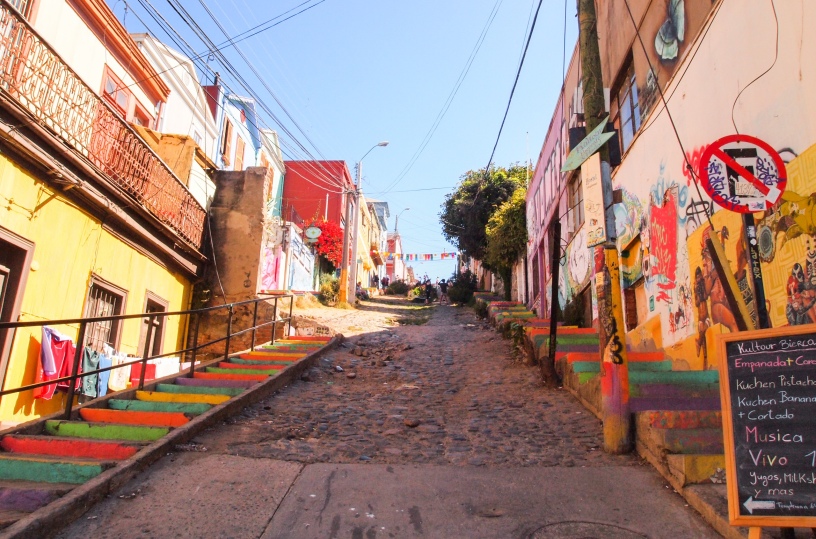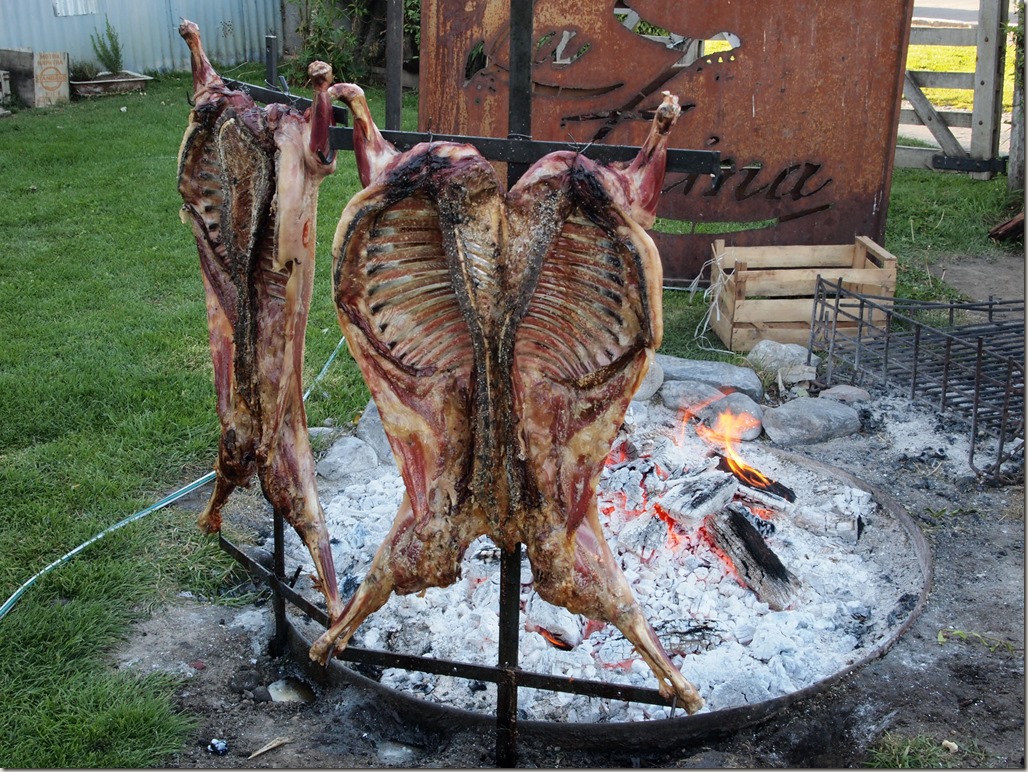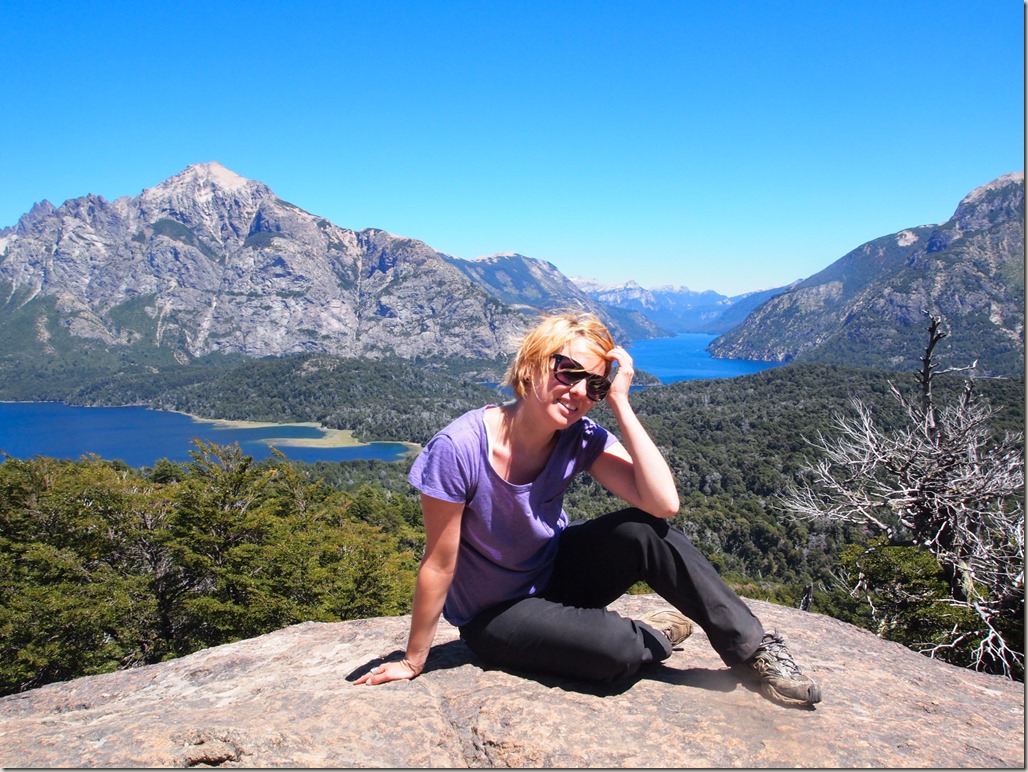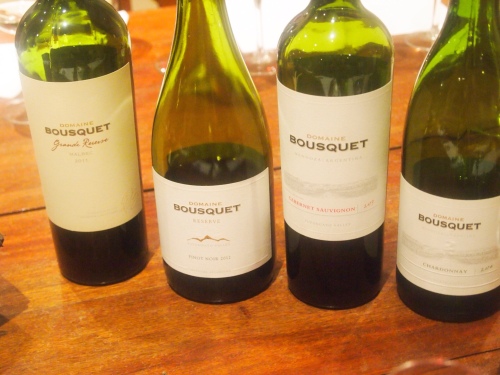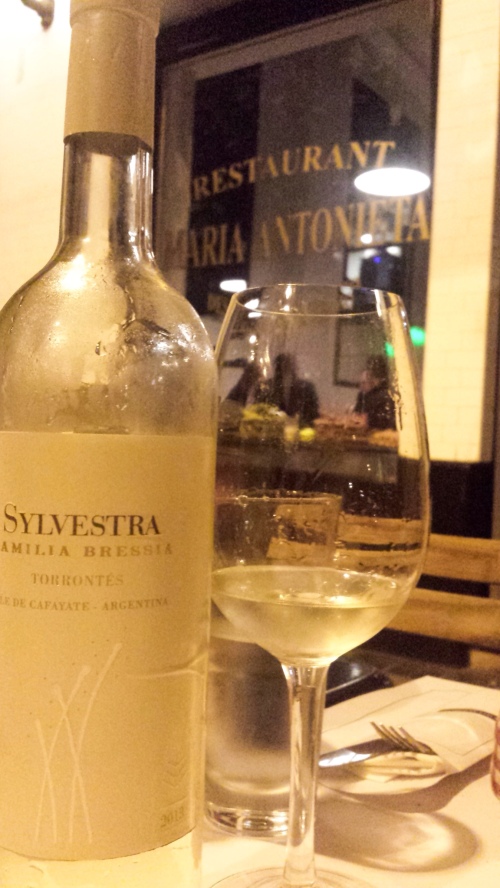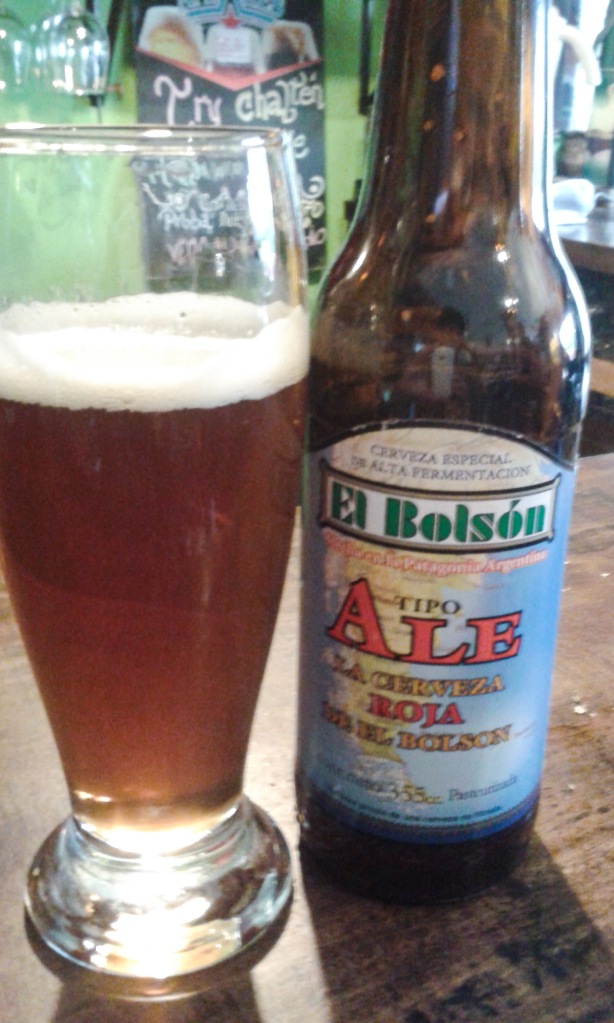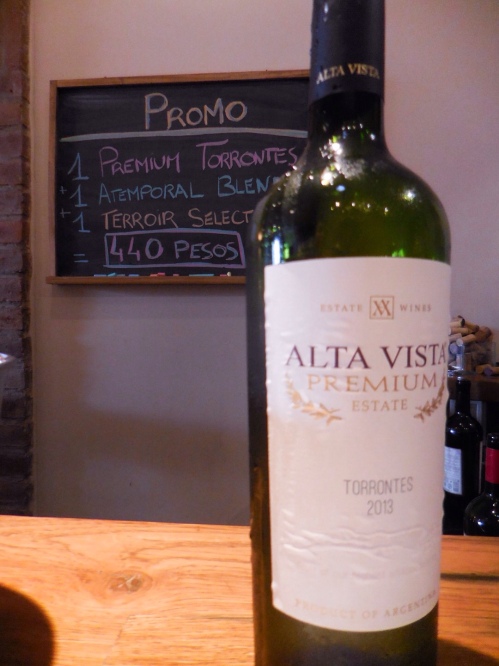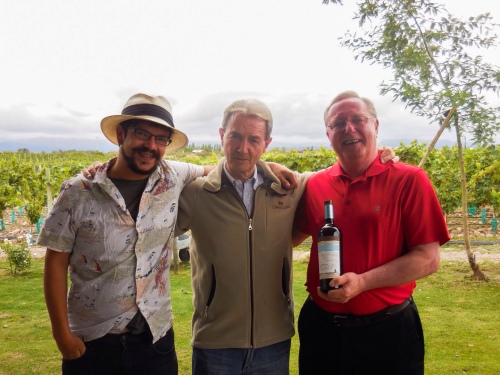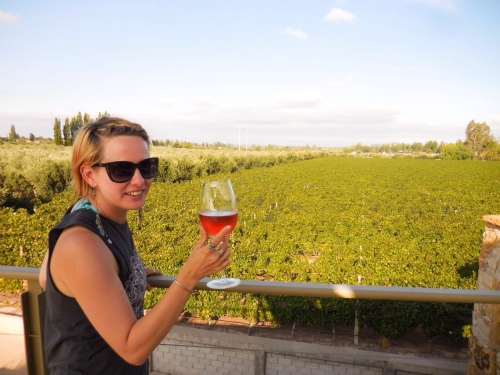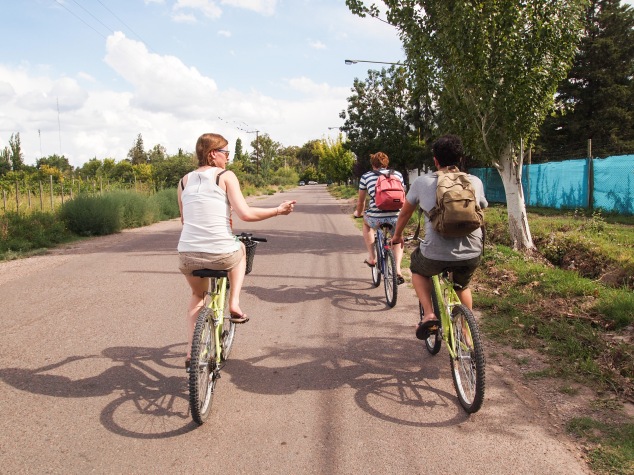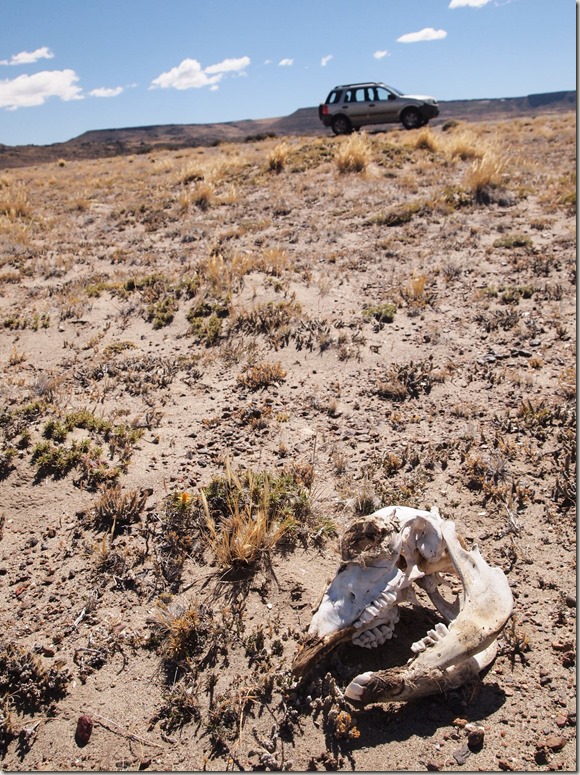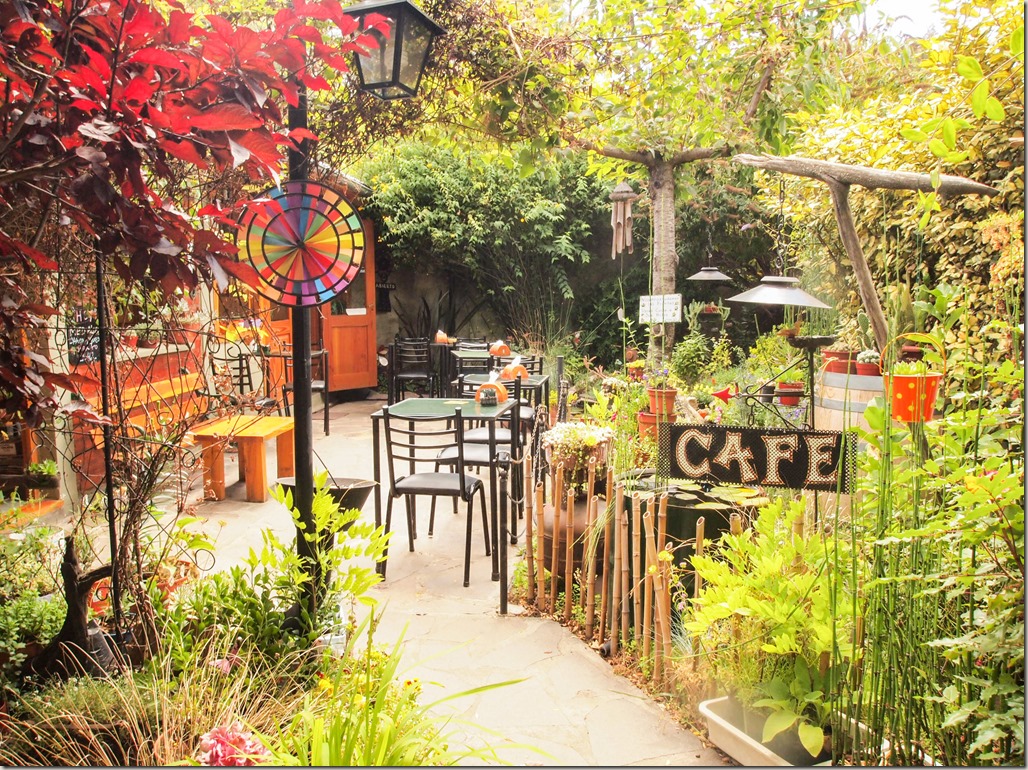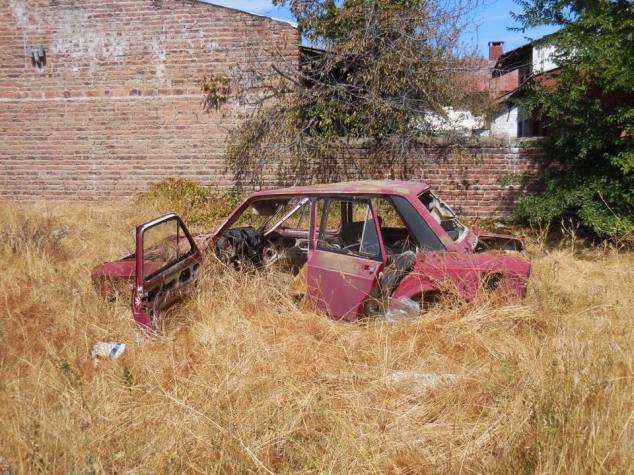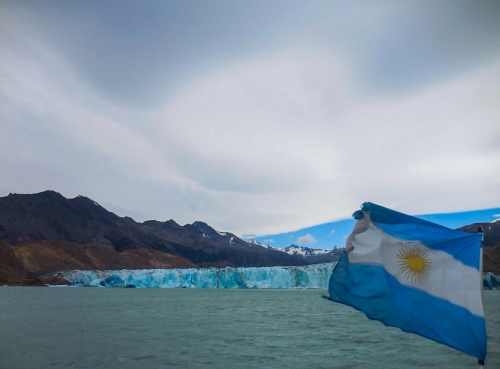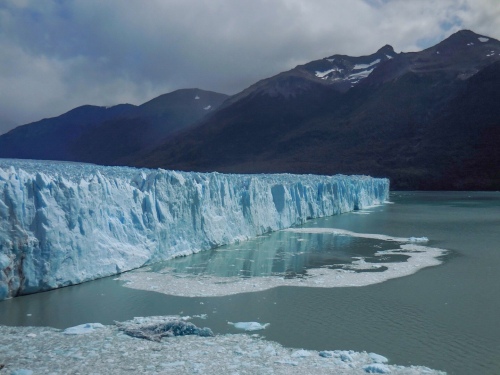As the Latin American leg of the Let’s Be Adventurers world tour draws to a close, now’s the time to reward the best and shame the worst of our discoveries as latter-day conquistadors.
Best night’s sleep
Hostel Lao: Mendoza, Argentina
It’s just got everything. Hot water and decent pressure in the shower, good WiFi, convenient location to get the bus out to wine valleys, friendly and helpful staff, comfy beds, good social area and a nice garden, wine for sale and a great crowd of people. Fabulous place.
Highly commended
El Pueblito: El Bolson, Argentina
A beautiful old wooden chalet-style home from home in a stunning valley. It is nestled away from the main road, next to a clean and cool river that’s perfect for an invigorating dip before dinner. They bake incredible bread and the staff are simply wonderful, helpful, friendly, people. Rooms are a bit rustic, but that’s the charm.
‘What a dump’ award for shabbiest hostel
Favela Chic: Foz de Iguacu, Brazil
More favela than chic. The roof leaked so our bags got soaked through during heavy rain. The WiFi didn’t work, the food was garbage and the staff were beyond weird. The fact that there was no-one else there gave the whole place a desolate vibe and the owner tried to charge us twice. Click here for Franki’s amazing TripAdvisor review.
Best end-of-a-hard-day drink
La Vineria: El Chalten
After a long hard slog through the Patagonian mountains, enjoy their huge range of craft beers, a giant wine selection, brilliant music, friendly bar staff and tasteful decor, plus you can see Mount Fitzroy out of the window on a clear day. What’s not to love?
Highly commended
Havana: Cartagena, Colombia
OK, so it’s a Cuban theme bar with its fair share of tourists. But damn it’s fun. Salsa the night away among people who can dance much better than you, weaving around a huge well-stocked bar, to the sounds of a live Cuban band blowing their lungs out. Magica.
Worst hangover
Rio de Janeiro
After a night on the caipirinhas with a Polish pal we made that same night, Rio had us well and truly beaten. Some people talk about feeling like death warmed up. When it’s 40 degrees out, that phrase rings truer than ever. Ouch. Kill us. Kill us now.
Best street art
Valparaiso, Chile
A masterpiece on every flat surface, that’s the beauty of this soulful city.
Highly commended
Buenos Aires, Argentina
Take one of the local street art tours and learn about the artists behind the giant, colourful murals found all over the city.
Gabriel Garcia Marquez award for magic realism
Salento, Colombia
Perhaps it ought to be sultry Cartagena, the fictionalised version of which is the backdrop for Love in a Time of Cholera. But for us, Salento was an other-wordly, dreamlike paradise.
Fog rolls through vivid green hills dotted with the world’s tallest palm trees, which look like they belong in a fantasy movie.
Highly commended
Trancoso, Brazil
A twinkly, groovy, tranquil, dingly dell of a beach town, the centrepiece a huge village green surrounded by ramshackle houses daubed in bright colours. At night the whole place is dimly lit with hundreds of lanterns, as overawed tourists and ageing hippies who came here long ago mingle beneath the stars. My sense of surrealism may have been enhanced by the strong muscle relaxants I was taking for a totally knackered back. Oh, the beach is gorgeous as well.
We spent Christmas there and you can read all about how wonderful that was – and see more pictures – here.
Best place to stuff your face
Siete Cocinas: Mendoza, Argentina
It ought to be good because it ain’t cheap. But if you’ve bought your pesos on the blue market, it’s not too bad. The concept is a mix of cuisines from Argentina’s seven regions. The tasting menu was exquisite and we finally achieved our ambition of getting through two bottles of wine with dinner.
Highly commended
Flor de Lis: Guatemala City, Guatemala
Confession time, this establishment is owned by our great friend Harold Caballeros-Arimany (pictured, with his lovely wife Monique) but we didn’t include it only for that reason.
Harold and his team of talented chefs have created an amazing degustation menu of genuine high quality, using Guatemalan ingredients in completely novel and delicious ways. A real treat.
Funniest menu translations
La Cevicheria: Cartagena, Colombia
What heart of stone could see “Lovely Wet Lobster Rice” on the menu and not order it.
Highly commended
Nice restaurant whose name we sadly can’t remember: Salvador, Brazil
“Chicken asleep on a bed of spices”. I don’t know how to break it to you guys but the chicken wasn’t just sleeping.
Hairiest moment
Threatened with police in Guatemala
You know you’ve said the wrong thing when a middle-aged woman starts filming you on her phone and says she has called the police. Run. Run really quite fast.
Highly commended
Running out of money in Patagonia
You have no cash, half a tank of petrol and you are 300 miles from the nearest working cash machine. Time to think laterally.
Catchiest tune
Rebellion by Joe Arroyo
If you spend any time on buses, you’re going to hear a lot of salsa and merengue and it’s going to get pretty tedious pretty quickly. But I just never tire of listening to this musical account of Latin America’s slave trade by Colombia’s Joe Arroyo.
Worst bus ride
Foz de Iguacu to Sao Paulo, Brazil
20+ gruelling hours. If you have any money at all, fly.
Best bus ride
Bariloche to Mendoza, Argentina
Bus bingo with a bottle of wine as the prize! We didn’t but the sheer novelty cheered us for the 13 hours of sadly bingo-less bus journey that followed. The trip through the Andes is pretty eye-catching too. Thank you Andesmar bus company.
Booze of the World ‘Tippler’s Choice’ award
Ron Zacapa, Guatemala
Repeatedly voted the world’s best rum for a reason. Pure, heartwarming joy in a glass. The original Booze of the World post about it can be found here.
Highly commended
Malbec in Mendoza. So much to choose from, so little time.
…
So that was the end of our time in Latin America. Now the small matter of a 13-hour flight across the dateline to New Zealand…hasta luego Latinoamerica!

